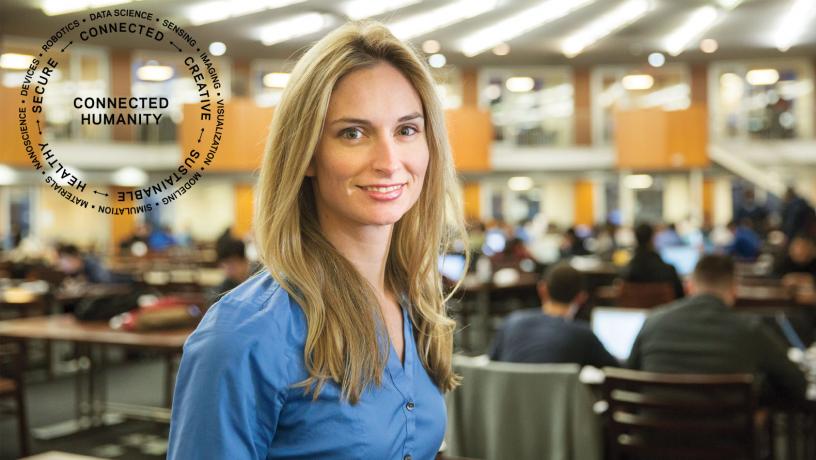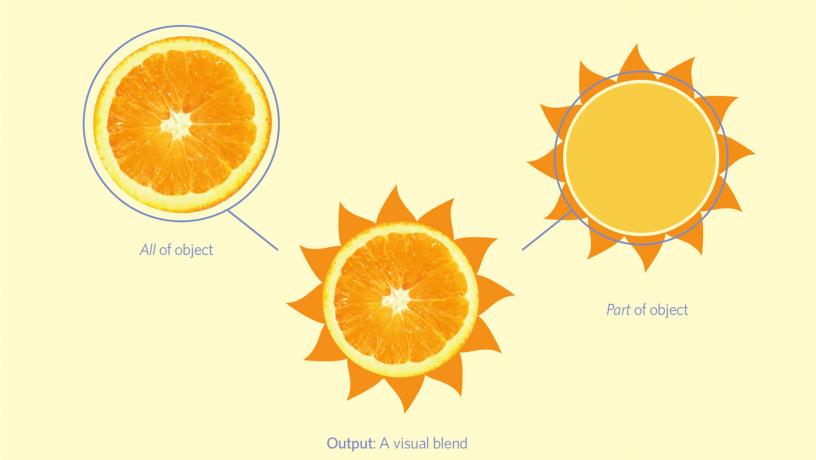Engineering for a Connected Humanity: Humans & Computers, Solving Problems Together

Lydia Chilton

Lydia Chilton’s work translates the design process into computational steps. Visual metaphors are one example.
Imagine a world where humans help computers connect the dots to find better solutions.
Lydia Chilton, assistant professor of computer science, sees enormous opportunities for humans and computers to work together to solve problems faster and more efficiently. And by humans, Chilton, who joined the faculty in fall 2017, means lots of humans. She is part of a growing number of researchers across various disciplines interested in crowds and computers as joint problem-solvers.
With a focus on human-computer interaction, Chilton’s current research involves teaching computers to mimic the design process that humans follow when approaching a creative task. Rather than a light bulb moment of inspiration or insight, Chilton believes design to be a process that can be deconstructed—a series of steps, or “microtasks,” that can be translated for the computer.
Crowdsourcing is increasingly seen as a way to find better solutions through filling in knowledge gaps. In the case of computers, crowdsourcing as a part of the computation process can address subjective areas—such as what humans find funny or iconic—that computers cannot grasp.
Currently, Chilton is using this process to computationally create visual metaphors and satirical headlines. The design process typically begins with brainstorming, which is where crowdsourcing plays an invaluable role. Chilton also incorporates crowdsourcing at points along the way, fostering collaboration between humans and computers by giving them different, clearly defined microtasks in the process.
This collective method can also be put toward crafting messages to inspire positive social changes. A motivating example Chilton uses is an ad to discourage smoking. It portrays a gun with cigarettes in the chamber instead of bullets as a visual metaphor to convey the idea that “smoking kills.” To create such ads, humans direct and annotate the symbols, and computers search across the symbols to find the ones that can be combined, proving that humans and computers are the ultimate team.
